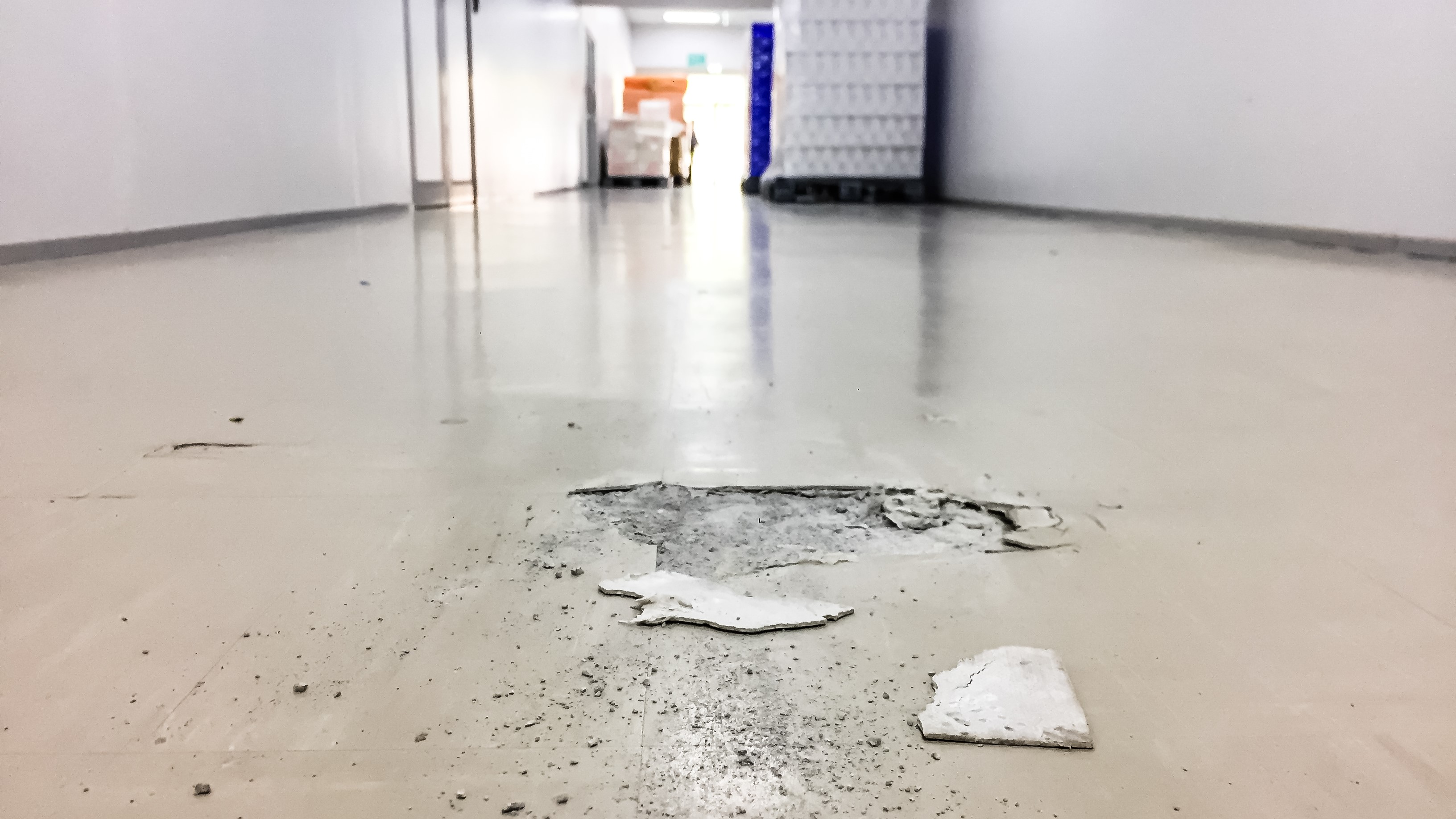
Landlord and tenant is an optional competency on the APC, taken by building surveying candidates who act in relation to landlord and tenant matters, such as dilapidations or alterations.
In the RICS pathway guide for building surveying, the competency is defined as one that requires surveyors to manage the relationship, 'covering all matters arising between the landlord and tenant, representing either party. Experience may be gained in relation to short or long leasehold tenancies'. Building surveyors can take this competency up to level 2.
At the two levels, the respective requirements are as follows.
- At level 1, you need to show your knowledge and understanding of the law and practice relating to landlords and tenants.
- At level 2, you need to apply these principles, which includes negotiating where necessary to solve problems affecting owners and occupiers alike.
Attaining level 1 means knowing policy and process
All building surveyors should be aware of key areas of knowledge at le vel 1, including the relevant legislation and regulations. You need to know about:
- the principles of property law and policy
- types of repair, including reactive, routine and preventative
- the statutory framework applying to the landlord and tenant relationship, including the Landlord and Tenant Act 1927 and the Landlord and Tenant Act 1954, section 146 of the Law of Property Act 1925, section 20 of the Landlord and Tenant Act 1985, and the Minimum Energy Efficiency Standard (MEES)
- the content, form and structure of leases, including repair, alterations, reinstatement, insurance and break options
- other legal documents, such as subleases, licences, consents, reinstatement notices, agreements for lease, side letters – which are typically personal to the tenant or occupier – schedules of condition and other notices
- the dilapidations process, including key terms such as quantified demand, supersession, Scott schedule – a tabulated, costed breakdown of the landlord's and tenant's claims – interim and terminal
- the Dilapidations Protocol
- RICS' standards and guidance, including the current editions of Technical due diligence of commercial property and Dilapidations in England and Wales.
Surveyors involved in residential property also need to be sure they know about the Decent Homes Standard and the Housing health and safety rating system, which includes the differences relating to various leases for residential letting that apply in the applicable country or devolved nation and the implications of the terms for both the landlord and tenant.
Work should show applied understanding
Level 2 requires you to demonstrate that you can use the knowledge you have acquired at level 1. As such, you could include some of the following typical examples of work you have done in your case study or summary of experience:
- reading and interpreting leases
- preparing, serving and responding to notices
- dealing with dilapidations
- preparing Scott schedules on dilapidations matters
- supporting claims under section 18(1) of the Landlord and Tenant Act 1927, also known as diminution valuations
- dealing with licences to alter
- negotiating on issues such as repair obligations, reinstatement requirements or break option compliance
- agreeing a solution to an issue with the parties involved and reporting recommendations to your client
- instructing legal advisers.
Interview will pick up on documented experience
You should be familiar with the building surveyor's role and responsibilities relating to landlords and tenants for a variety of projects, including key legislation, RICS guidance and general knowledge about leases and other related matters.
This should be conveyed in your summary of experience, with a clear statement of your knowledge at level 1. If you are taking Landlord and tenant to level 2 as an optional technical competency, you will need two or three specific, practical examples. These need to be written in the past tense and the first person.
Elements of this competency may also be included in your case study, and you can detail relevant knowledge acquisition in your CPD record.
You will need to be ready to address questions on your examples and knowledge in your final assessment interview. Actual questions for this will depend on your experience, starting at the highest level – level 2 – and focusing specifically on the examples that you have written about.
In each case, you will need to ensure that your answer reflects your experience and reasoned advice. Think logically about the action you took and the justification for it. A sample answer at level 2 is as follows.
Q: You have included an example at level 2 of processing a licence to alter, relating to a tenant's refit works at a shop in Manchester. What action did you take and why?
A: The tenant applied to the landlord and their managing agent to carry out the alterations, which comprise major refit works.
My role, as a building surveyor, was to comment on the proposals presented by the tenant, with a view to safeguarding the fabric of the building and applying the terms of the lease. I was subsequently instructed to conduct a technical review of the tenant's application, including plans and drawings.
First, I confirmed that there were no conflicts of interest, and then agreed terms of engagement and my fee. I then read the lease and confirmed that landlord's consent was required for the major works, though that consent could not be unreasonably withheld or delayed.
My review included drawings of the existing building and proposed works, specification of the works and evidence of any required statutory consents, such as planning and building control approval. I also considered relevant legislation, such as the Construction (Design and Management) Regulations 2015 and Control of Asbestos Regulations 2012, the contractor's risk and method statement (RAMS) and the insurance requirements.
Frequent and clear communication with all key stakeholders – including the client, tenant and their respective solicitors – was essential to ensure that the licence was granted in a timely manner. However, the information provided by tenants was incomplete, and I needed to request additional or updated documentation.
I used a tracker document – in Excel format – for queries and responses, so I could provide a formal report and recommendations to the landlord client as well as a written response to the tenant. My client's solicitor then documented the matter, based on my input and recommendations.
I was subsequently involved in monitoring the works on site, to confirm they complied with the approved documents and licence conditions. I inspected the works at key milestones in the tenant's programme, which were weekly for a project of this size.
When the works were finished, I reviewed the completion document, providing an operations and maintenance manual, as-built drawings, evidence of statutory compliance, testing certification and documents confirming commissioning and completion.
'You will need to be ready to address questions on your examples and knowledge in your final assessment interview'
Jen Lemen FRICS is a co-founder and partner at Property Elite
Contact Jen: Email
Related competencies include: Client care, Landlord and tenant, Legal/regulatory compliance
RICS Dilapidations Conference 2026
The conference will explore commercial property market trends, core legal principles, costing and valuation challenges, sustainability and circular fit-out considerations, the growing influence of AI and digital tools in dilapidations practice, and advanced negotiation and client care.
With a strong focus on practical guidance and cross-disciplinary collaboration, the programme will also include a new introductory session to set the scene, providing delegates with a clear grounding in the core concepts of dilapidations ahead of the day’s technical discussions.


